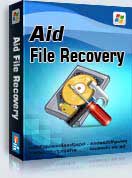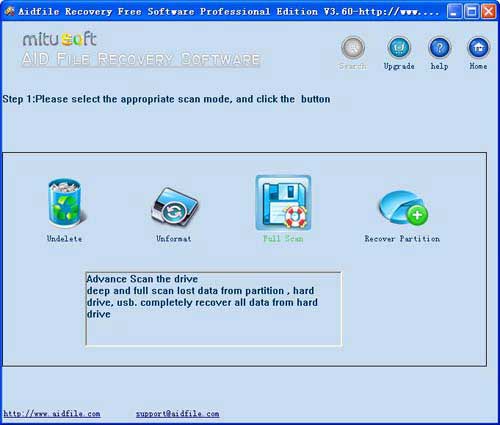BSOD after trying to re-activate USB mass storage unit Windows 7 8 10 pc laptop desktop dell toshiba sony lenovo acer asus hp repair fix data recovery.
Use "unformat" to Recover files from BSOD after trying to re-activate USB mass storage unit after reformatting, quick format,full format,accidentally formatted,reformatting,High-level formatting,Low-level formatting.
Use "recover partition" to Recover files from BSOD after trying to re-activate USB mass storage unit partition corrupted,lost ,changed ,damaged.
Use "undelete" to Recover data from BSOD after trying to re-activate USB mass storage unit after Virus attack,Recycle bin clear,disk cleanup,Press shift del by mistake,permanently empty recycle bin,shift delete ,accidentally deleted by a mistake.
Use "Full Scan" to Recover files from BSOD after trying to re-activate USB mass storage unit which can not be found with "undelete" and "unformat" and "recover partition",after showing an error,display as raw file system,unformatted,unknown partition,unpartitioned,needs to be formatted,or the file system is not exfat,not fat32,not ntfs.
BSOD after trying to re-activate USB mass storage unit, I tried to fix my usb ports by disabling and then enabling them in device manager. I could enable all of them except for one - the USB-mass storage unit. I now cannot connect my external hard drive into my computer because of it, and I still cannot re-activate my msu because I get BSOD?
A stop error, better known as a Blue Screen of Death (also known as a blue screen or BSoD) is an error screen displayed on a Windows computer system after a fatal system error, also known as a system crash: when the operating system reaches a condition where it can no longer operate safely.BSoDs can be caused by poorly written device drivers or malfunctioning hardware, such as faulty memory, power supply issues, overheating of components, or hardware running beyond its specification limits. In the Windows 9x era, incompatible DLLs or bugs in the operating system kernel could also cause BSoDs. Because of the instability and lack of memory protection in Windows 9x, BSoDs were much more common.Until Windows Server 2012, BSoDs showed silver text on a navy blue background with information about current memory values and register values. Windows Server 2012, Windows 8 and Windows 11 & Windows 10 use a cerulean background instead.Before Windows Server 2012, each BSoD displayed an error name in uppercase (e.g. APC_INDEX_MISMATCH), a hexadecimal error number (e.g. 0x00000001) and four parameters.
Aidfile Recovery Software Keyfeature
support FAT32 EXFAT NTFS and RAW file system
support Win32 (32 bits) and Win64 (64 bits)
Support Windows 11 & Windows 10, Windows XP, Windows 7, Windows 8, Windows 8.1,Windows Vista, Windows 2003, 2008, 2012.
Desktop & laptops Ultrabook:HP Pavilion,HP Compa,Alienware Alpha,Lenovo ThinkCentre,Lenovo IdeaCentre,Dell Inspiron,Dell XPS,Sony VAIO,Acer Aspire,Asus Transformer,Dell Latitude,Samsung Ativ Book,Asus VivoBook,HP Envy,Lenovo IBM ThinkPad,Lenovo IdeaPad Yoga,Microsoft Surface,Toshiba Satellite
MS Office document (Word, Excel, PowerPoint, Outlook) types (doc, docx, ppt, pptx, xls, xlsx, pst, etc.),photos (JPG, PNG, ICON, TIF, BMP, RAF, CR2, etc.), videos and audios (MPG, MP4, MP3, MTS, M2TS, 3GP, AVI, MOV, RM, RMVB, etc.), compressed files (rar, zip, etc.), PE files (exe, dll, lib, etc.) and so on.

